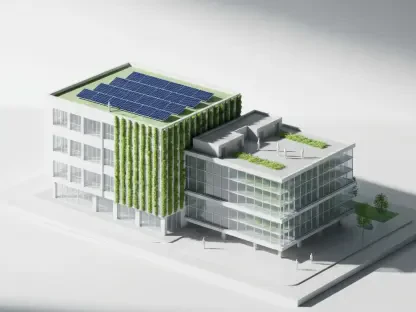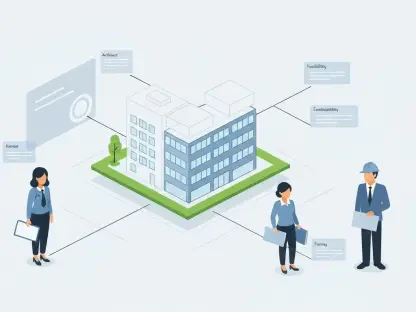In a striking move that sets a new course for sustainability within the building materials industry, Selco Builders Warehouse and West Fraser have launched an eco-friendly delivery initiative that stands to reshape logistical practices. By integrating natural gas-powered delivery trucks, these companies are stepping up to reduce environmental impact, addressing industry-wide calls for sustainable logistics. This analysis delves into the significance of this strategic partnership, evaluates current market trends, and offers predictions for the future.
Strategic Context and Significance
The building materials sector is no stranger to environmental criticism, particularly due to substantial carbon emissions during material production and transportation. Over recent years, the industry has been under pressure to align with eco-friendly practices, propelled by stringent regulations and a consumer shift toward sustainable products. Against this backdrop, Selco and West Fraser’s collaborative effort represents a paradigm shift, making strides toward minimizing ecological footprints. Their initiative is emblematic of broader industry trends emphasizing sustainable operational models.
Deep Dive into Current Market Trends
Technology Adoption: A Critical Component
Central to the partnership between Selco and West Fraser is the use of eight natural gas-powered trucks operating from Selco’s Minworth Delivery Hub. Leveraging compressed natural gas (CNG), these vehicles emit significantly lower levels of CO2 compared to traditional diesel trucks. This choice underscores a commitment to cutting-edge technology aimed at reducing emissions. For Selco, aligning delivery operations with green initiatives bolsters its long-term sustainability goals, while West Fraser complements this by utilizing their carbon-negative wood panels in shipments.
Supply Chain Collaboration and Eco-Responsibility
Beyond deploying new technology, the partnership signals a larger movement toward collaborative supply chains. Companies like West Fraser are advocating for eco-responsibility, inspiring others in the industry to participate collectively in environmental stewardship. These efforts not only enhance corporate reputation but also strengthen consumer loyalty. However, risks exist as industry standards evolve, potentially outpacing companies’ capabilities to deliver fast-tracked environmental improvements.
Regional and Technological Ramifications
Regional variations can heavily influence the viability and deployment of green technologies. Areas with developed infrastructure for alternative fuels witness higher adoption rates of eco-friendly practices. Additionally, innovations such as electric vehicles and hydrogen fuel technology present both challenges and opportunities. These technologies might either compete with or complement CNG vehicles, further diversifying options for sustainable logistics solutions. Misconceptions about alternative fuel efficacy require companies to educate consumers clearly about their differing benefits.
Anticipating the Future of Sustainable Practices
Forecasts indicate that sustainability in the building materials industry will continue evolving rapidly. Zero-emission transport solutions are anticipated to become normalized, driven by technological and regulatory advancements. Innovations, including carbon capture in materials, are gaining traction, while governmental incentives push corporations toward greener practices. Sustainability is poised to become not just a regulatory necessity but a baseline expectation for industry participants.
Actionable Insights and Strategic Recommendations
The partnership between Selco and West Fraser likely serves as a robust example of environmentally focused logistics within the building materials space. Looking ahead, investing in alternative fuel vehicles and fostering partnerships with an eco-awareness angle are effective strategies for achieving greener supply chains. By continuing to adapt to technological advancements and regulatory shifts, companies in the industry have the opportunity to align with environmental goals and consumer expectations more cohesively and sustainably.









